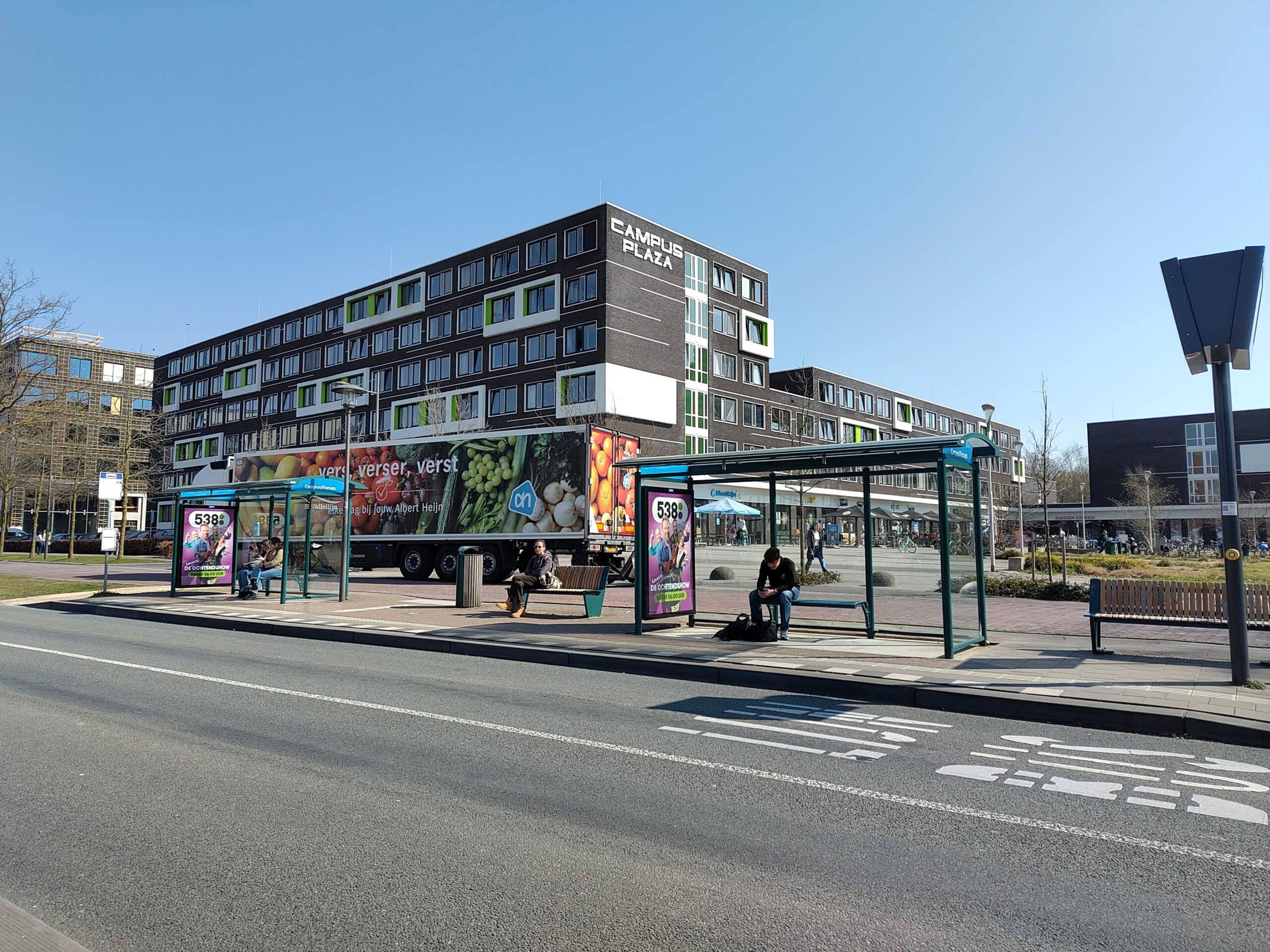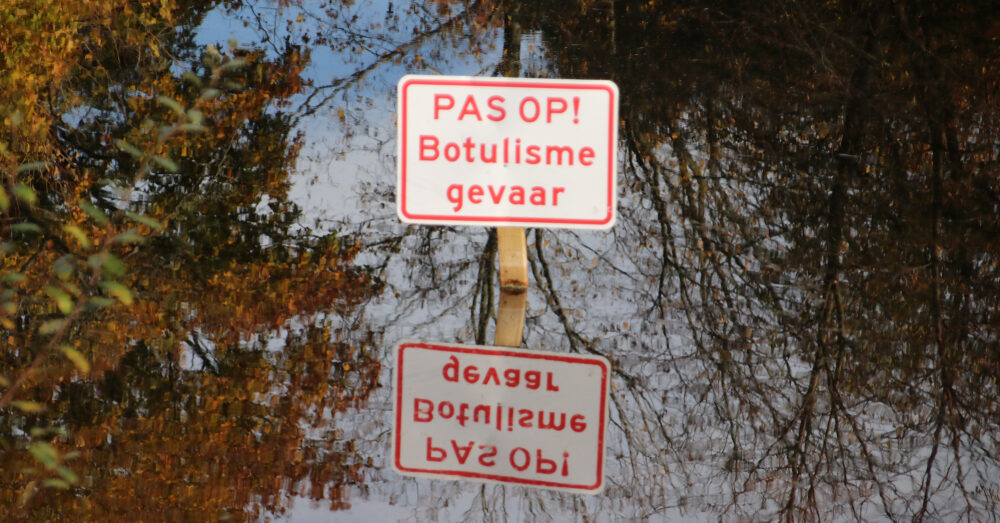Text: Marieke Enter
The agricultural sector recently came up with its own plan for nitrogen emissions. Is it realistic?
‘The Agriculture Collective’s plan contains three measures that are known to have an effect on nitrogen emissions: less protein in the feed, more free grazing and dilution of the manure to be spread. According to the Collective, a reduction of 4 kilotons of nitrogen can be achieved through these measures, in addition to the 7 to 9 kilotons from the shrinking of the pig farming stocks. To me, that calculation seems rather optimistic, but it is not impossible. For the short term, this plan is a commendable initiative to get things moving again. And it ties in with the government’s plans.’
Will it be sufficient in the longer term?
‘To me, it seems impossible that the Remkes Committee’s follow-up advice would be limited to the set of measures that the Agricultural Collective proposes, especially considering that nitrogen emissions will hardly decrease in the longer term due to the preconditions of the plan. I note a considerable margin between the effect of the Agricultural Collective’s plan and the nitrogen reduction that is necessary if nature is to benefit. From a scientific point of view, we should be looking to achieve a decrease of about fifty percent in order to come close to the average critical load in the Netherlands. That still isn’t enough to achieve the critical load value for nitrogen deposition in every area, but that would be virtually impossible. In some areas, even the nitrogen brought by the wind from abroad – about 35% of the nitrogen blanket that covers the Netherlands – is enough to exceed this load value.’
What are the implications for nitrogen policy?
‘I personally think we should look at our nitrogen targets with a more realistic view. For example, set a national emission cap that approximates the average critical load as closely as possible. By dividing that by the agricultural land area, we find a maximum emission per hectare. This would create an identical objective for all provinces and would simultaneously stimulate land-based commitment.’
The nitrogen surplus has been building up since the 1980s. We must therefore be patient with its recovery.
What about vulnerable natural areas – and the likely buy-out of farmers there?
‘I believe there is too much local focus on the depositing in natural areas. Buying out is complicated, expensive and has relatively little effect: the National Institute for Public Health
and the Environment (RIVM) states that 21% of the ammonia settles within 20 kilometres. This means that the vast majority of it, 79%, does not – that is taken by the winds toward other provinces or even abroad. This focus on natural areas also encourages discussions about their right to exist. In my opinion, the government should focus primarily on national and provincial emissions policies, as that can achieve major results.’
National and provincial emission policies, such as …?
‘I’m an advocate for having an emissions policy in the future with a level playing field for each province. Again, I refer to the RIVM figures: only 21% of the ammonia settles locally. This means that farmers in Brabant cause nitrogen deposition in Groningen, and vice versa. It follows logically for all provinces to achieve comparable emissions per hectare, and that most reductions are needed in the provinces with the highest agricultural intensity.’
Will this help abolish the idea of abandoning natural areas?
‘One can’t simple abandon Natura 2000 areas; there are many legislative hoops to jump through. From the point of view of my field, I also see objections to the idea that they have been given up on. With the nitrogen issue, both damage delay time and recovery delay time play a role: the time that elapses between doing something and the effect becoming visible. The nitrogen surplus has been building up since the 1980s. We must therefore be patient with its recovery. In nature, things don’t simply change immediately when one flips a switch. We have to wait and see what will happen.’

 Wim de Vries tijdens het Resource-debat over stikstof. Foto Aldo Allessie
Wim de Vries tijdens het Resource-debat over stikstof. Foto Aldo Allessie 

